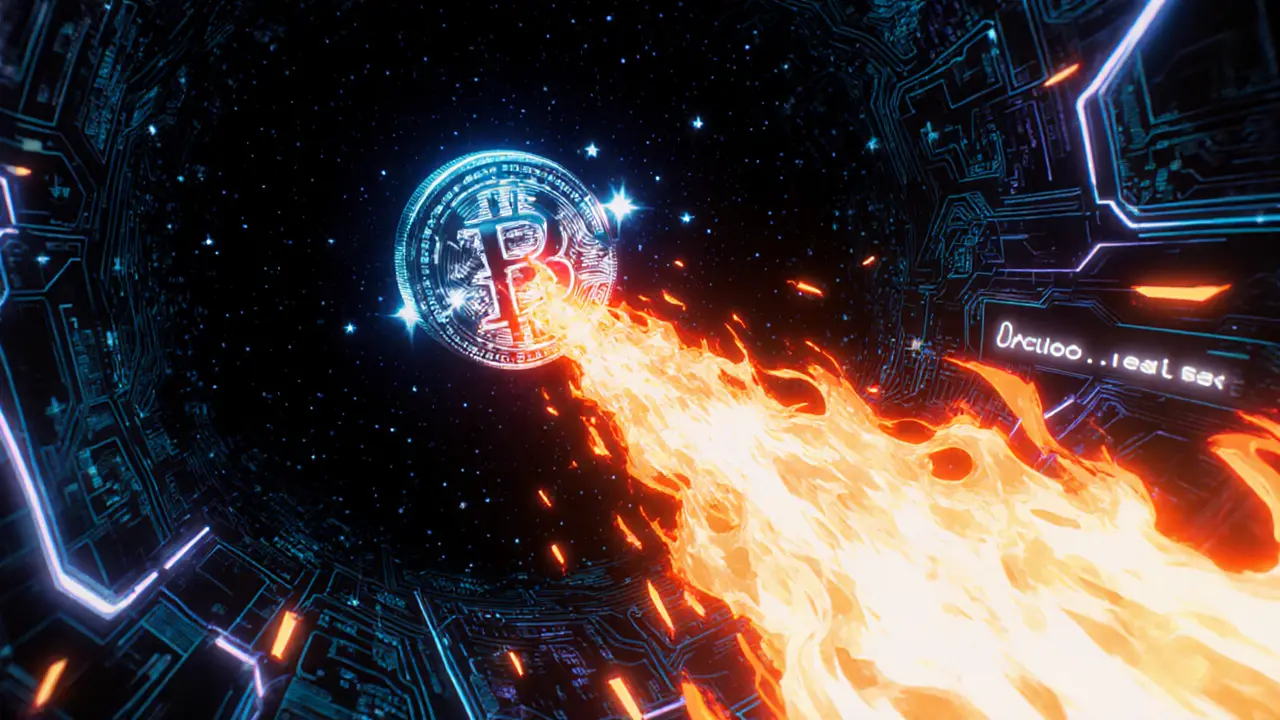Token Supply Reduction
When talking about token supply reduction, the permanent lowering of a cryptocurrency’s total token count. Also known as token burn, it is a core tool for projects that want to influence scarcity and price. Deflationary token, a token designed to shrink its supply over time often uses this technique, while a supply cap, the maximum number of tokens that can ever exist sets the ultimate ceiling. Together these concepts shape the market dynamics you’ll see across many of the posts below.
Why Token Supply Reduction Matters
Token supply reduction token supply reduction encompasses several practical actions: automated burns, manual token‑buy‑backs, and protocol‑level supply caps. Each action requires smart‑contract logic that enforces irreversibility, so developers must embed burn functions or mint‑burn controls directly into the code. The effect ripples through the ecosystem – a lower circulating supply often pushes the price up, but it also raises the importance of transparent governance, because users need to trust that burns aren’t just a gimmick. Deflationary tokens influence market sentiment by creating a perceived scarcity, which can attract speculative interest and long‑term holders. At the same time, supply‑cap limits protect against runaway inflation, giving investors a clearer view of future token economics.
The posts collected under this tag dive deep into how these mechanisms play out in real projects. You’ll find a step‑by‑step guide on interpreting burn events, a technical breakdown of on‑chain supply adjustments, and risk assessments for tokens that promise aggressive supply cuts. Whether you are a trader eyeing price impact, a developer planning a burn schedule, or a auditor checking for hidden inflation, the articles below give you concrete data, charts, and actionable tips. Let’s explore how each token’s supply strategy fits into the broader crypto landscape.
Why Token Burning Boosts Crypto Value: Key Benefits Explained
Explore how token burning creates scarcity, controls inflation, boosts staking rewards, and builds investor confidence in the crypto space.

